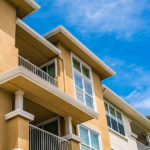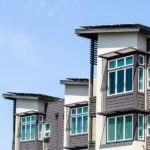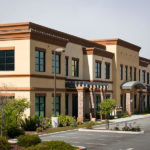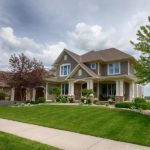Common Termites Control in Bay Area, CA
Identifying and Controlling Common Types of Termites
Signs of termite damage should worry any home or property owner. Every year in the U.S., termites cause millions of dollars in property damage and cost residents and managers more than $2 billion to treat them. Moreover, the effectiveness of treatments will depend on the unique species of termite, so it is essential to know them by appearance, behavior, and the most common signs of termites and infestation. MightyMite Termite Services in the Bay Area, CA, has the experience and keen eye for detail to help you do just that. We identify which type of termite is infesting your property through our professional assistance, conduct a thorough assessment of all damage to your home or business, and offer the most precise, powerful treatment options to suit your unique needs and budget. No matter the size, complexity, or location of your infestation, you can trust our locally owned, top-rated termite treatment company to be there for you when it matters most. Contact us today to schedule your free estimate and let us help you end your termite problem for good.
Identifying Common Types of Termites
In California and the western United States, there are three common types of termites. Being able to identify each species by site, behavior, and evidence of infestation can help you protect your property at the earliest and more essential stages and implement the best treatment and prevention measures to eliminate your problems fast. MightyMite Termite Services has built our business by expertly identifying termites where they invade and eradicating them at the source with professional-grade solutions that work. The most common species of termites we discover include:
- Drywood Termites: The western drywood termite directly lives in the wood they are eating. They require very little moisture to survive and extract what water they do need from the wood they are eating. They are not picky about the type of wood they eat, whether hardwood or softwood. A colony will release swarmers (termites with wings) each year from July through October as they are more active during warmer weather. You can recognize a western drywood termite colony by the presence of “frass” or wood shavings and their pellets or droppings, which appear to look like a pile or sprinkling of sand or pepper and are wood colored. The most effective way to eliminate western drywood termites is through localized treatments like rodding or drilling or whole house fumigation.
- Subterranean Termites: The subterranean termite lives underground since they require at least 70% moisture to survive. They are attracted to moisture in, under, and around a home. They prefer softer wood to eat since it usually has higher moisture content. Softer wood is also easier for them to eat since they have a smooth jaw or mandible. A colony will release swarmers (termites with wings), usually after rain when the sun comes out and moisture is in the air. Swarming can occur at any time of the year for this type of termite, sometimes even after watering your yard. The subterranean termite colony is evident in a home by seeing shelter or mud tubes in a crawlspace area under a home, along wall framing, or even coming from cold joints or cracks as small as 1/64″ in concrete slabs. You can exterminate subterranean termites by treating the soil at the interior and exterior perimeter of a home.
- Dampwood Termites: One of the largest termite species alive, you can quickly identify dampwood termites by their size. They make their colonies in damp, sometimes-decaying wood and do not typically nest in soil like other termites. They are attracted to wood that is water-damaged in your home or wood with direct contact with the ground, and the moisture found there. This wood can include stumps, lumber, fallen logs, and tree branches, as well as wet wood that has been affected by leaks or cracked drain pipes. Their colonies contain swarmers, soldiers, and immature termites that act as workers. These termites do not create mud tubes when they travel and eat through wood. They often eat across the grain in decayed wood, leaving it clean and smooth inside and covering up their entry holes with their feces. In doing so, dampwood termites weaken homes and commercial properties by hollowing out support beams, causing extreme damage and costly repairs. Due to the insidious nature of their destruction, the best way to prevent the almost secret damage done by dampwood termites is to remove excess moisture. This can include plumbing problems, leaks, and even excess rainwater in and around the property.
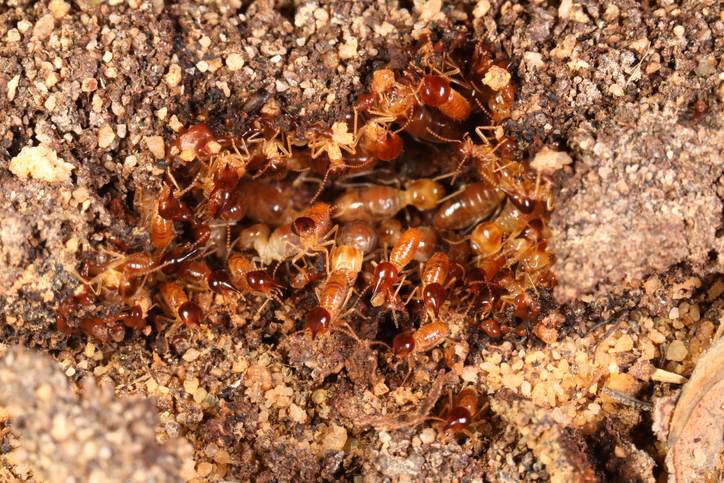
Contact MightyMite Termite Services for Your Treatment Needs
No matter what type of colony may be infesting your home or commercial property, we have the tailored termite solutions to handle it. We know termites and their works by sight and will always offer customized, effective treatments to eradicate them and fully protect your structure. Contact us today to schedule your free estimate and let us target problem termites no matter where they hide.

